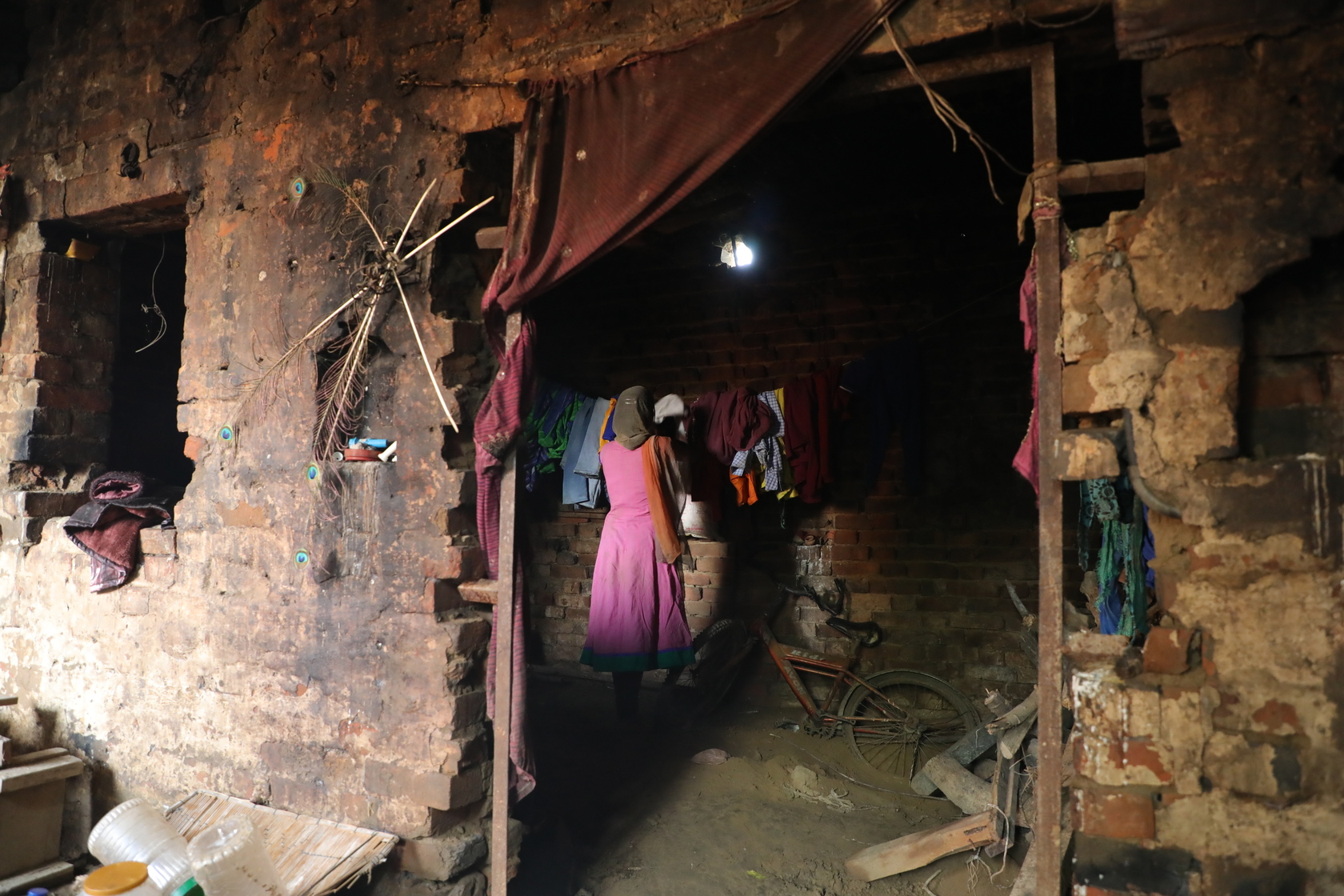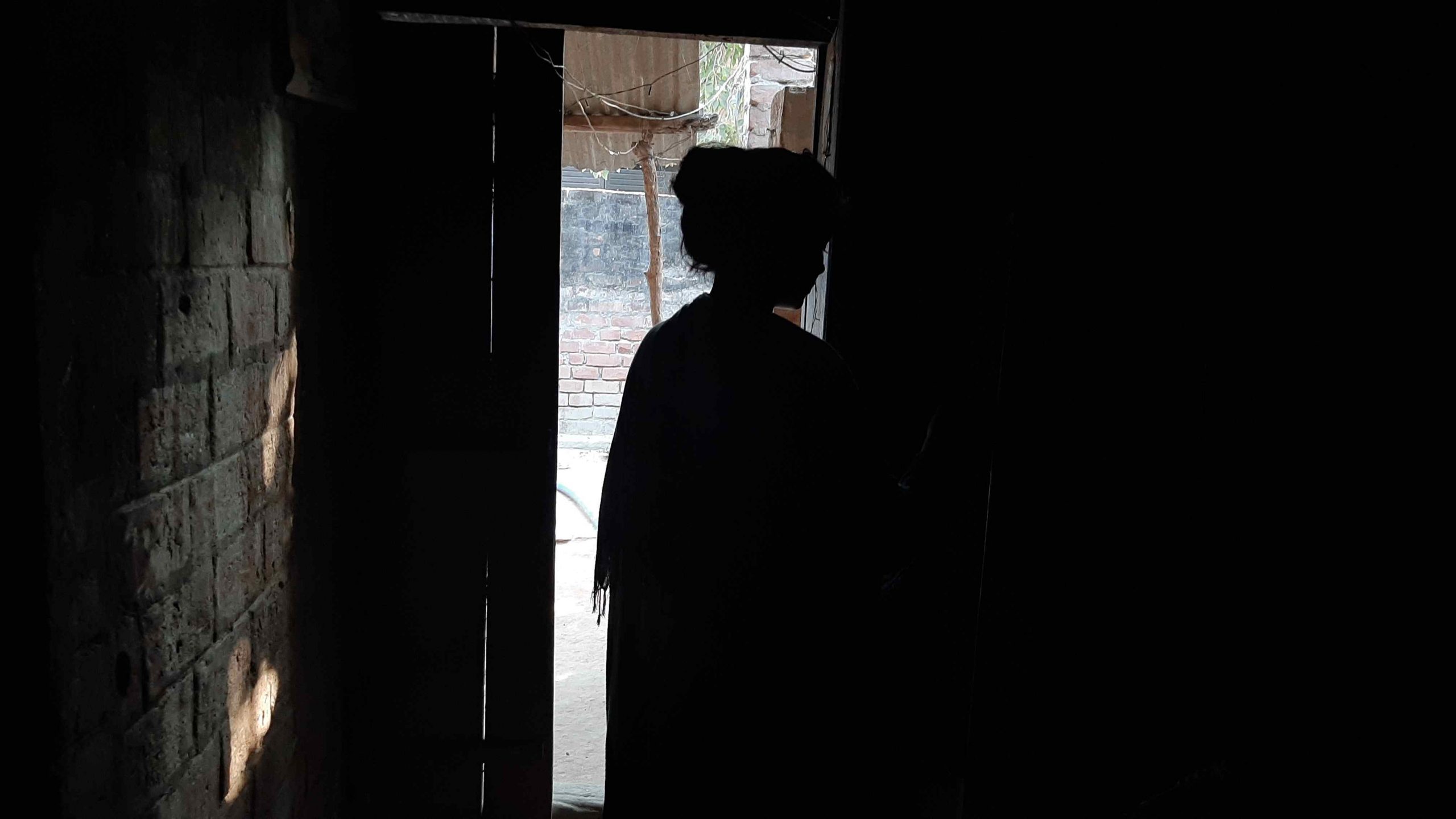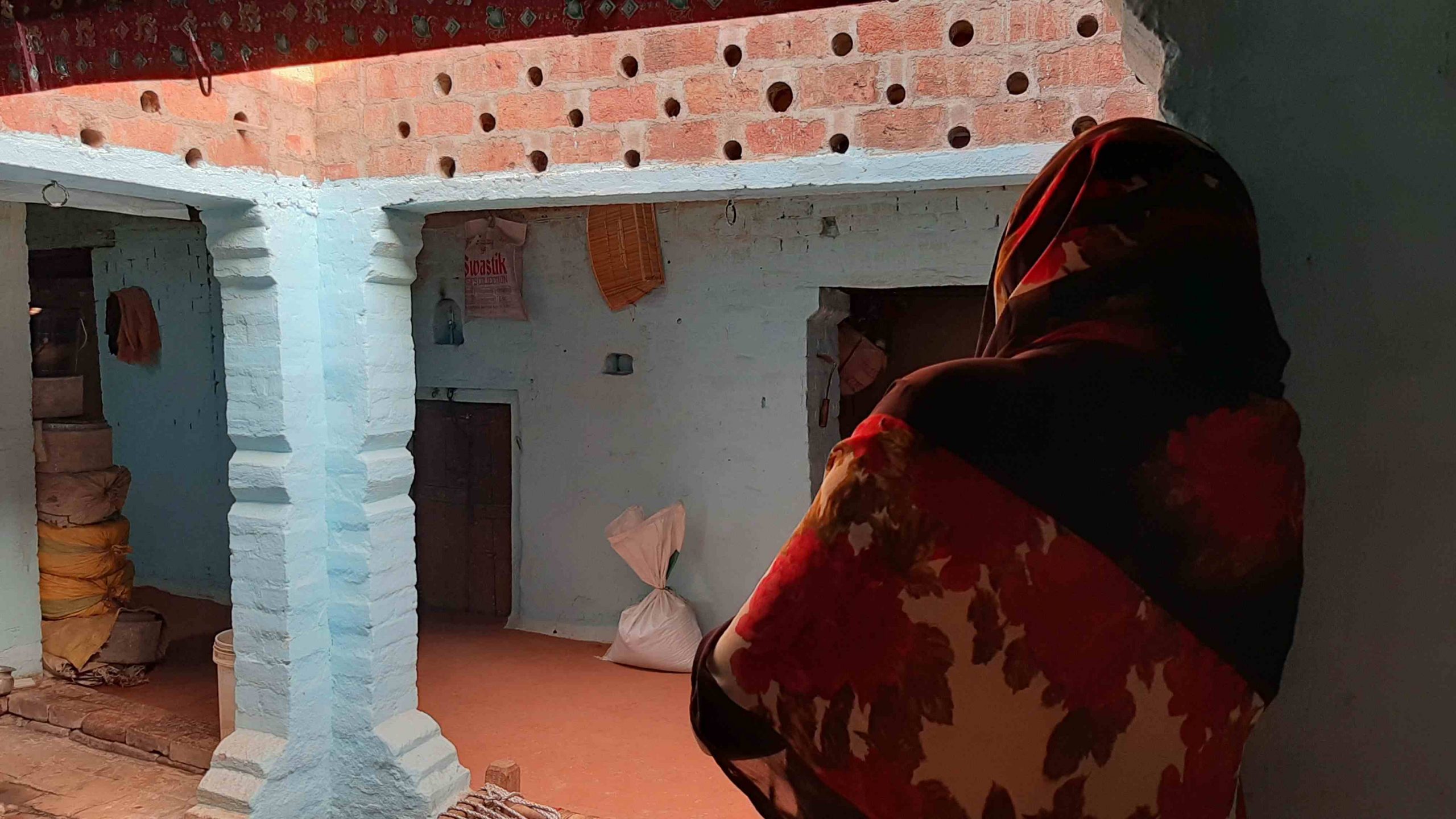Hathras Horror: The gangrape and death of a teenage girl unveils the endless atrocities that Dalit women live and die with
The Hathras gangrape in Uttar Pradesh, reveals how unspeakable sexual violence against women is used to dishonour, delegitimize and keep the Dalit community in its ‘place’


Rape has its roots in systemic oppression and violence meted out to Dalit women.
Over thirty five years ago, when Sudha Varghese, a social activist and member of a local non-profit Nari Gunjan, started to work with the Musahar community women in Jamsaut, Bihar, the lowest in the category of Dalits in the state, she was horrified to learn that the women of the MahaDalit community were not even aware that rape was a crime. Dalit women were so used to being sexually exploited, that they never realised what has happening with them was a violation, of their bodies and the law.
Working for more than three decades with the most vulnerable and marginalised schedule caste women, Varghese has learnt the hard way that violence is an every day reality of Dalit women in the country. “The Hathras girl. She was a Dalit and her rapists were upper caste, so the men did whatever they wanted to do with her. She was a nobody,” Varghese, based in Danapur, Patna district, told Gaon Connection. “This is not the first gang rape, it is not the last. This is the story of the Dalit women,” she repeated.
The inevitable outrage has followed the Hathras gangrape. But how long will it last, is the question. For social activists who work closely with the Dalit community, the Hathras case evokes a sense of deja vu.
Rape has its roots in systemic oppression and violence meted out to Dalit women. “Brutal sexual violence is used to dishonour, delegitimize and keep the Dalit community in place. Dalit women are at the bottom of the pile and their bodies are just used as battle grounds,” Priyanka Samy, social activist and member of the National Federation of Dalit Women, a non-profit that is dedicated to promoting the rights of Dalit women, told Gaon Connection.
“Hathras case is just an event, tomorrow the country will move on to something else. There is no political will. We have lost our moral conscience; in fact did we ever have one,” she added.

There are enough research papers and studies to show Dalit women are more burdened and discriminated on the basis of caste, class and gender.
A research study in five districts of Rajasthan on ‘Violence Against Dalit Women in Rajasthan’, conducted by Kundan Welfare Society and supported by National Commission for Women, noted: “The police often refuse to register FIRs in any case of violence or atrocity against the Dalits. Further, the registration of cases is delayed not only due to the indifference of police officials but also because the accused prevent the victims and their families from going to the police stations. And even if a case has been registered, the police fail to investigate it in a fair manner.”
Another report, ‘Attacks on Dalit Women: A pattern of impunity’, by Human Rights Watch, has documented the use of sexual abuse and other forms of violence against Dalit women as tools by landlords and the police to inflict political “lessons” and crush dissent and labour movements within Dalit communities.
Other reports state that four Dalit women are raped every day in the country, which Samy contests with data of eight Dalit women getting raped daily. Some studies indicate more than 23 per cent of Dalit women report being raped, many of them multiple times.
The list of atrocities against the Dalit women is endless.
A weapon of choice
“We Dalits are considered untouchable by the upper castes, but when it comes to molesting a Dalit woman, eve teasing or raping her, that does not present a problem,” Rajim Ketwas of Dalit Adivasi Manch based in Pittora, Mahasamund district in Chattisgarh, 100 kilometres from the capital Raipur, told Gaon Connection.
“The tradition of Dalits working as labour for the upper castes continues. The men labour in the lands of the zamindars’ while the women do menial work in their homes. Sexual assault against women is an ever-present reality in our lives,” she said.
According to her, cases of upper caste men impregnating Dalit women and then completely washing their hands off them is common occurrence in rural areas. Complaining to the police is usually ineffective. “The upper caste has the money and the clout to influence police. The Dalits are poor, voiceless and more often than not intimidated or threatened into shutting up. If anyone dares protest, they are driven out of the village,” said Ketwas.

As per the National Crime Records Bureau (NCRB), an agency under the Union home ministry responsible for collecting and analysing crime data, there were 33,977 cases of ‘reported’ rapes in the country in 2018. This comes to one ‘reported’ case of rape every 15 minutes. It does not take into account many rape cases that go unreported.
Further, crimes against women rose from 359,849 cases in 2017 to 378,277 cases in 2018. And, Uttar Pradesh, where Hathras is located, topped this list.
“The NCRB data is a very conservative estimate. For every case of rape against Dalit woman that is registered there are hundreds that go unreported or the FIRs not registered,” said Samy.
Varghese, who works with the Musahar MahaDalit women, has first-hand experience of this when, in spite of several people dissuading her to approach the police, she reached the police station with a young rape victim and was told: “Who will rape such a dirty looking girl,” Varghese recalled.
“We have POCSO Act [Protection of Children from Sexual Offences Act, 2012]. What is next? What other rules, regulations and laws will improve matters? I have registered a rape case where the victim was a six-year-old. This is the story of the Dalit girls and women,” she repeated.
“Gender-just laws are undermined because of the impunity that we see and the lack of comprehensive legal support and protection to victims, especially when they come from marginalised communities,” Samy told Gaon Connection.
When the upper or dominant caste want to settle scores, end disputes or just want to flaunt their power over the Dalit menfolk, it is again their women who become the pawns. Ram (name changed), a Dalit villager who worked at a brick kiln in Chatra in Jharkhand, was beaten black and blue and almost skinned alive, all because he objected to the dalal (contractor) and the maalik (owner) of the brick kiln he worked in, for misbehaving with his full-term pregnant wife.
“I had gone out when the two men forced their way into our jhuggi, made obscene comments to my wife and tried to molest her. She managed to escape,” Ram told Gaon Connection. Not only was he thrashed, his wages were stopped, and his Aadhar card and passbook taken away. With the help of another Dalit labourer, Ram escaped from the brick kiln, a day after his wife had a caesarian, and returned to his village in Beldih, Chhattisgarh. “My wife’s taaka (stitches) had still not been removed, but I had to run away, as I feared they may attack her again,” he told Gaon Connection.

What is also horrific is how the state, that is the police and other law enforcers, as well as non-state, in this case the upper caste men, enjoy immunity.
The indignity, humiliation and utter disregard for the Dalits continue even after death as was glaringly obvious in the Hathras case. The victim was allegedly cremated, without the consent of the family who waited outside to receive her body. Her family was deprived of its rights to even grieve or decide her last rites.
“It is to keep the Dalits in their place, show them their aukaat (status),” continuede Samy, citing the Bhanwari Devi case where the rapists got away because it was ruled that ‘a member of the higher caste cannot rape a lower caste woman because of reasons of purity’. “It is appalling. While for everything else the Dalit women are untouchable, their bodies can be violated in the most brutal ways possible by the upper caste men,” she said.
According to her, we may have laws in place, but we need to build the narrative of zero tolerance. “Clearly, the laws have not led to a lessening in rape cases against Dalit women. How many more cases of rapes, deaths, parading-naked of women and stripping them of all vestiges of dignity need to play out before things change,” she asked.
Rajim Ketwas of Dalit Adivasi Manch poignantly sums up the caste matters: “For a woman, she is the first casualty of caste dominance.”

